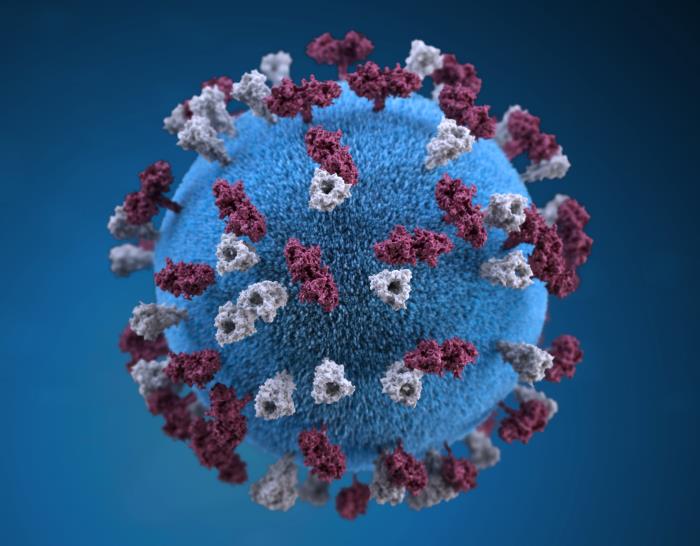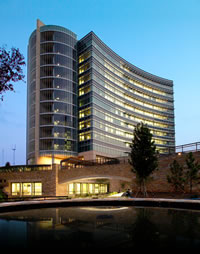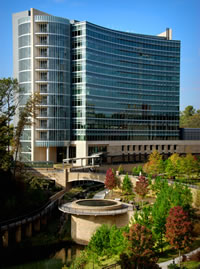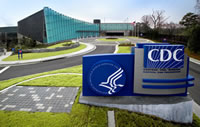The newsroom image library is home to the images journalists request most often. These high-resolution, public domain images are ready to print in your publication.
For images not available in this library, visit the Public Health Image Library (PHIL). We also recommend the National Library of Medicineexternal icon image library.




















